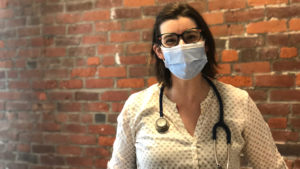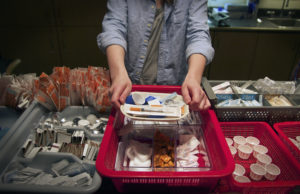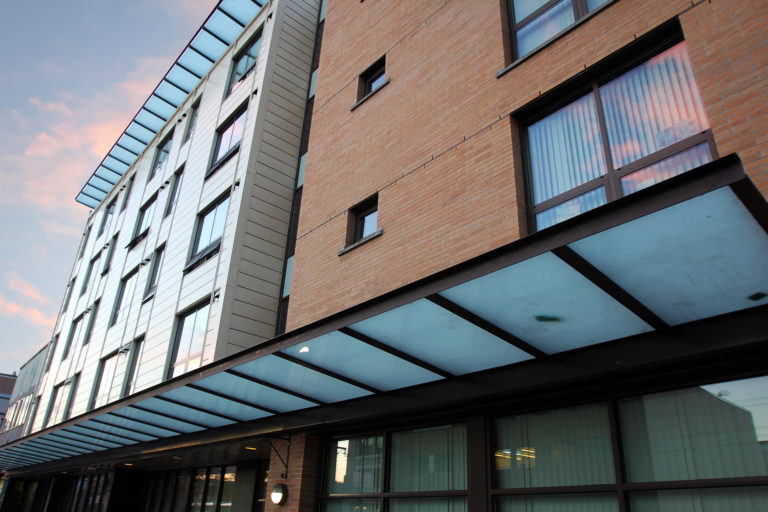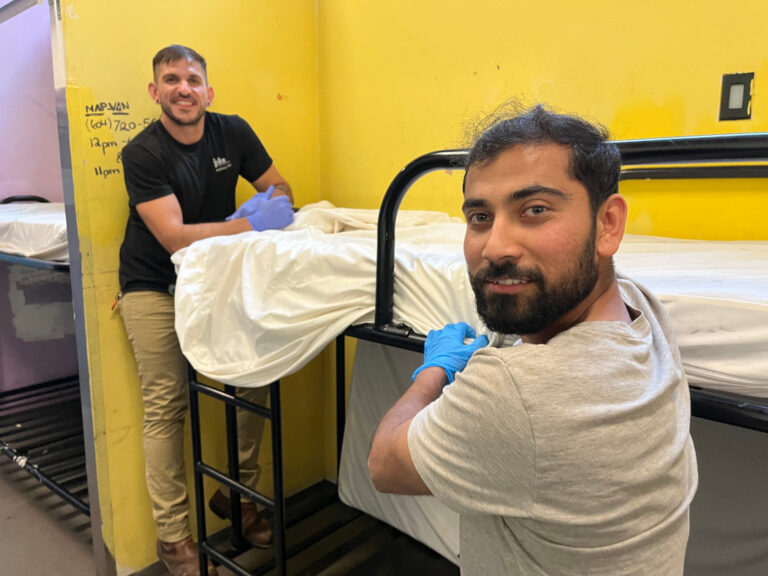One more time with feeling: it’s not a zero-sum game. Despite the polarized discussion happening in the media, treatment and recovery are not at odds with harm reduction and safe supply.
The truth is we need more of both.
Harm reduction supports recovery and there’s a place for recovery in harm reduction.
The waitlists show that BC urgently needs more recovery beds. No question. And, as Coroner’s reports have gone from saying to shouting: the need for scaled-up safe supply is beyond urgent.
We’re in the midst of an entrenched, complex crisis that comes from the increasing toxicity of the illicit drug supply. Anybody who uses unregulated substances, casually or otherwise, is at immediate risk of poisoning.
And that’s where safe supply comes in. It has the potential to immediately reduce drug poisoning because a known amount of a known substance is being ingested, and there are no medical complications caused by cross contaminants like benzodiazepines and xylazine.
 Also, as outlined by PHS Medical Director Dr. Christy Sutherland (pictured, right), safe supply prescriptions can bring immediate, significant improvements to patients’ lives. Relieved of the relentless need to hustle for drugs, there is reprieve. This is often the opportunity for other, long-neglected, health concerns to be dealt with, for housing to be applied for, for reconnection to family.
Also, as outlined by PHS Medical Director Dr. Christy Sutherland (pictured, right), safe supply prescriptions can bring immediate, significant improvements to patients’ lives. Relieved of the relentless need to hustle for drugs, there is reprieve. This is often the opportunity for other, long-neglected, health concerns to be dealt with, for housing to be applied for, for reconnection to family.
Safe supply can be an avenue for street-entrenched drug users to access medical care, stabilize and consider next steps, which can include treatment/recovery.
More options needed
It’s increasingly clear that we need an array of options and tools to address this crisis, including options for safe supply.
The first-line treatment for moderate to severe opioid use disorder in Canada is opioid agonist therapy (OAT) to stabilize the cycle of intoxication and withdrawal. These are long-acting opioids, including buprenorphine, methadone, slow-release oral morphine or injectable hydromorphone. But unfortunately, OAT medications don’t work for everyone.
“It’s getting more challenging to stabilize patients who use street opioids,” explained Dr. Sutherland. “In 2016, people would be doing well on hydromorphone, but in 2023 it’s not strong enough to meet the needs of people when their opioid receptors have been wired to fentanyl.”
 And if you want to know how we can be so sure that safe supply, harm reduction and recovery beds can co-exist. . . it’s because we operate them seamlessly: safe supply (SAFER), supervised consumption sites (Insite the Molson Overdose Prevention Site and a mobile unit) and detox and recovery support (Onsite).
And if you want to know how we can be so sure that safe supply, harm reduction and recovery beds can co-exist. . . it’s because we operate them seamlessly: safe supply (SAFER), supervised consumption sites (Insite the Molson Overdose Prevention Site and a mobile unit) and detox and recovery support (Onsite).
Different options for different people, or for the same people at different stages of their journey.
Recovery without supports can become a revolving door situation, and relapses to street drugs are particularly dangerous. Harm reduction has an important role to play within recovery.
The provincial government’s all-party Select Standing Committee on Health recently highlighted the importance of a multifaceted approach to the unregulated drugs crisis. Formed in April 2022 to examine drug use and toxicity deaths, the Committee’s top recommendation is to “Rapidly scale up a flexible, evidence-based, low-barrier, comprehensive continuum of care that spans the social determinants of health, prevention and education, harm reduction, safer supply, and treatment and recovery.”
If we, as a society, are to address drug poisoning as the health crisis it is, we need radically pragmatic approaches. Safe supply is the essential partner to all the other harm reduction approaches, including treatment and recovery. There is no contest. There is no divide. Only urgency.
- Learn more about innovative PHS programs and our supportive housing in Vancouver and Victoria, B.C.
- Donate to continue innovative projects like these.



